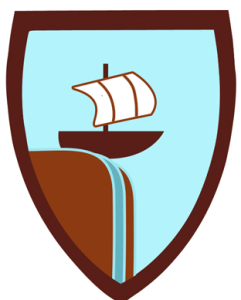
PLEASE PLAY! Part 2: “Who will play my game??!” I hope you’re asking this because it is exactly the right question. Sometimes people forget that if they build a game, people will not magically come out of the woodwork to play it: user acquisition is one of the hardest parts of game building. Part one had three big ideas on how to design your game to be more playable. Here for part two are five real-life, real-time for realz things that will give people permission to play. Ready? GO!
First of all: BEWARE YE THE BADGES
Don’t get caught in the trap of thinking that points and badges will get people to play. Points and badges are fun where there’s an existing community of people that you know to compete against or you’re competing in real time. Foursquare mayorships were fun because you stole them from your friends. Game leaderboards are fun if you’re playing multiple times to best your own score. Yay! I got 10 points. Who cares. If you can answer that question, think about points but if there’s no way to gloat over your success, points and badges can end up feeling a little more like a test (which also has points, and yet is critically un-fun.) I’ll write more about that later but I think I can say confidently that badges and points won’t make people play your game.
1.Use your testing as marketing
You’re testing right? You’re testing EVERYTHING with at least 5 fresh-faced, non-builder test players before it ever goes live, right? (Serious face….) Of course you are! But use that testing as part of your marketing outreach. Set testing dates or testing parties where you invite a very limited number of people to test out the game before is live. People love to be involved in the design process and often testers blog about it, share and can be interviewed and give you marketing quotes. Tweet pictures of them playing, put on your FB page “can’t wait to test the X game with families today”. Send out an email blast looking for testers etc.. This way by the time the game releases, people have heard about it already, if even in passing.
2. Throw a launch party
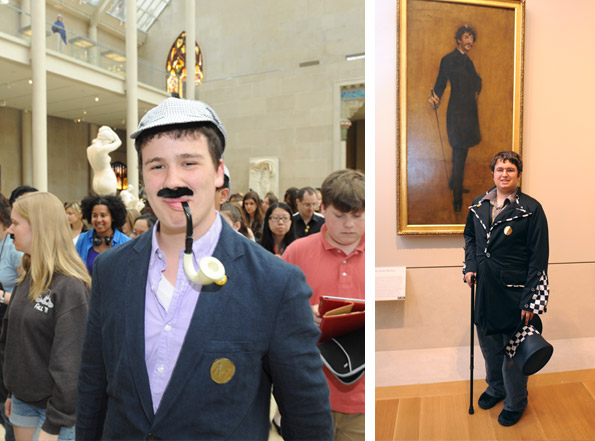
Once your testers have tested the project out and given everybody a sneak preview, have a launch event! If you can do something where people are competing for an iPad or something, that’s great! (one iPad is worth it’s weight in marketing gold). For a non-competitive challenge, launch it as part of a party where people will just be psyched to have something fun to do while they socialize. Again- tweet, FB, media and website all of your pictures of people having an awesome time!

3. Encourage groups to play
If you encourage classes, homeschool groups, Nick Cave fan clubs, church groups, meetups, stroller moms, girl scouts etc… they bring a group of 5 to 20 with them. Encourage groups. You’re still trying to get the word out and having people play in groups will get the word out faster, make people more likely to play and increase your numbers faster than encouraging individual players with a scatter marketing effort. Reach out to these groups directly- call them! Email them! People have so much noise that it’s easy for them to miss you if you’re not speaking to them directly.
4. Be specific with your target market
I’ve found that it’s easier to reach out to people when you have someone specific in mind rather than just a blanket marketing thing. The Met launched their murder mystery for their teen group to play at an event. The Quartermaster museum uses their game as part of soldier training. The Joslyn is reaching out to kids from Buffet Middle School and their families. The Smithsonian American Art museum built some fun stuff but they haven’t done any of the above and so nobody knows to play it yet. (We’re working on it…)
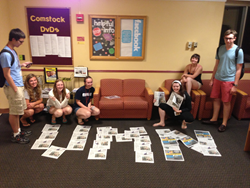
I’ve found that it’s easier to reach out to people when you have someone specific in mind rather than just a blanket marketing thing. The Met launched their murder mystery for their teen group to play at an event. The Quartermaster museum uses their game as part of soldier training. The Joslyn is reaching out to kids from Buffet Middle School and their families. The Smithsonian American Art museum built some fun stuff but they haven’t done any of the above and so nobody knows to play it yet. (We’re working on it…)
5. Do your marketing legwork
I know I know- signage is hard but you should put a MINIMUM of 3 hours (minimum) of regular old marketing into any game launch. If you put any less than 3 hours of marketing into a launch, you’re not allowed to be surprised if nobody plays. This is pretty standard stuff. One removable sign in the lobby of your space. A link on your website. Send out postcards to your museum members, students or staff. An email blast. Use catchy names and fun pictures to remind people that this will actually be fun. Reach out to local reporters, student newspapers, radio shows and bloggers! Remember that FB and Twitter are ephemeral, the post will be up for a day and then it will get lost in the sauce so don’t cheat, post it on FB and Twitter and say you’ve done your marketing. You’ll need to put in the time… at least three hours of time. (Or get an intern to do it.)
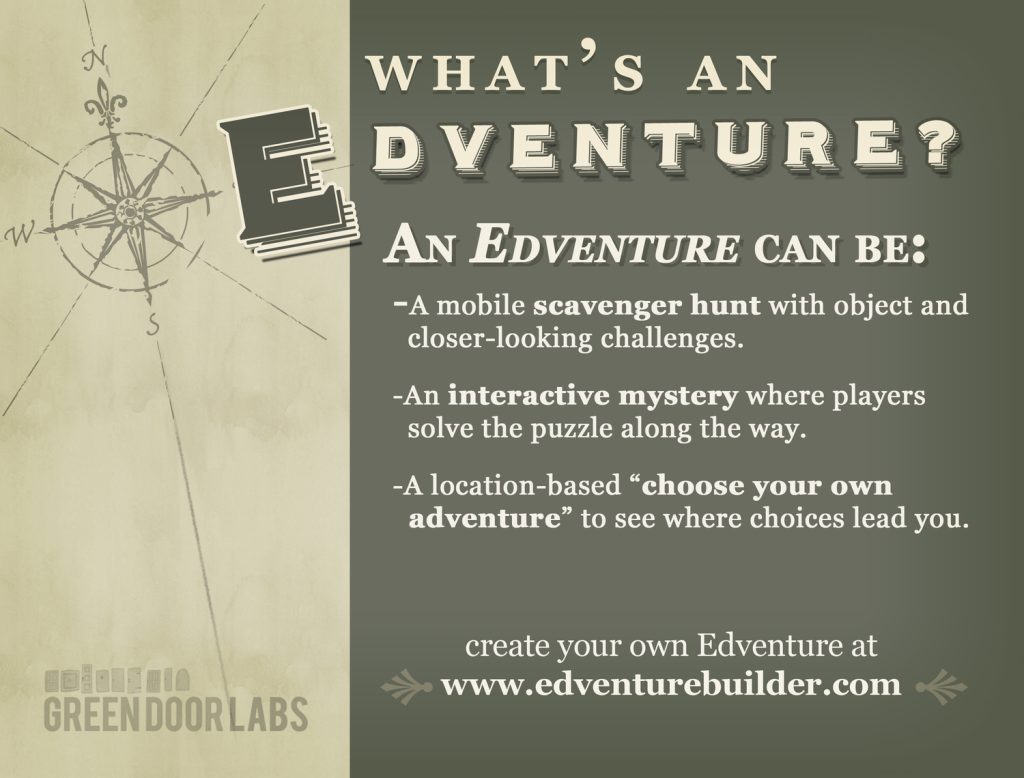
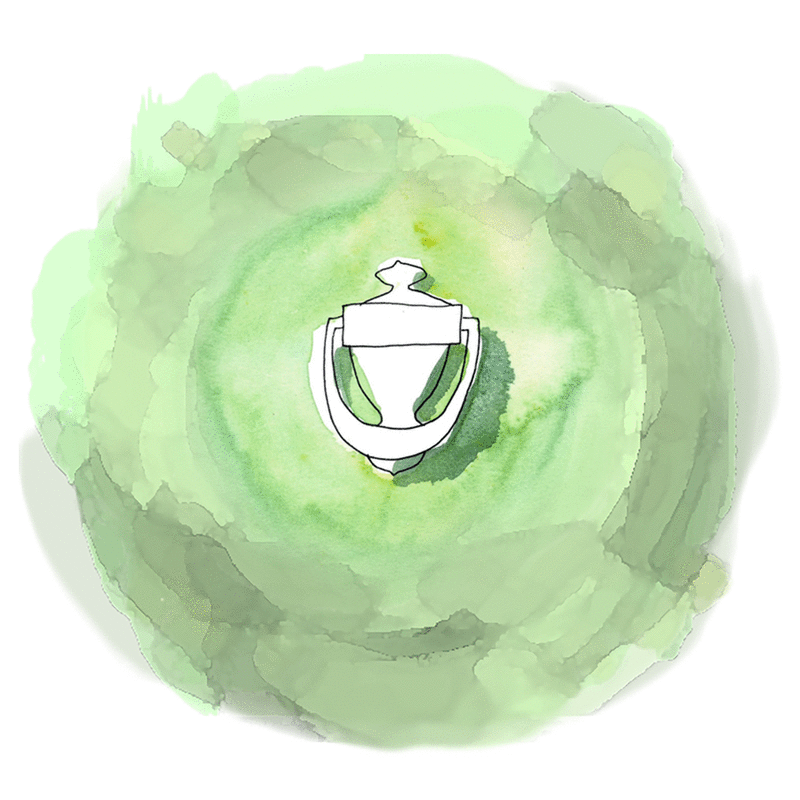
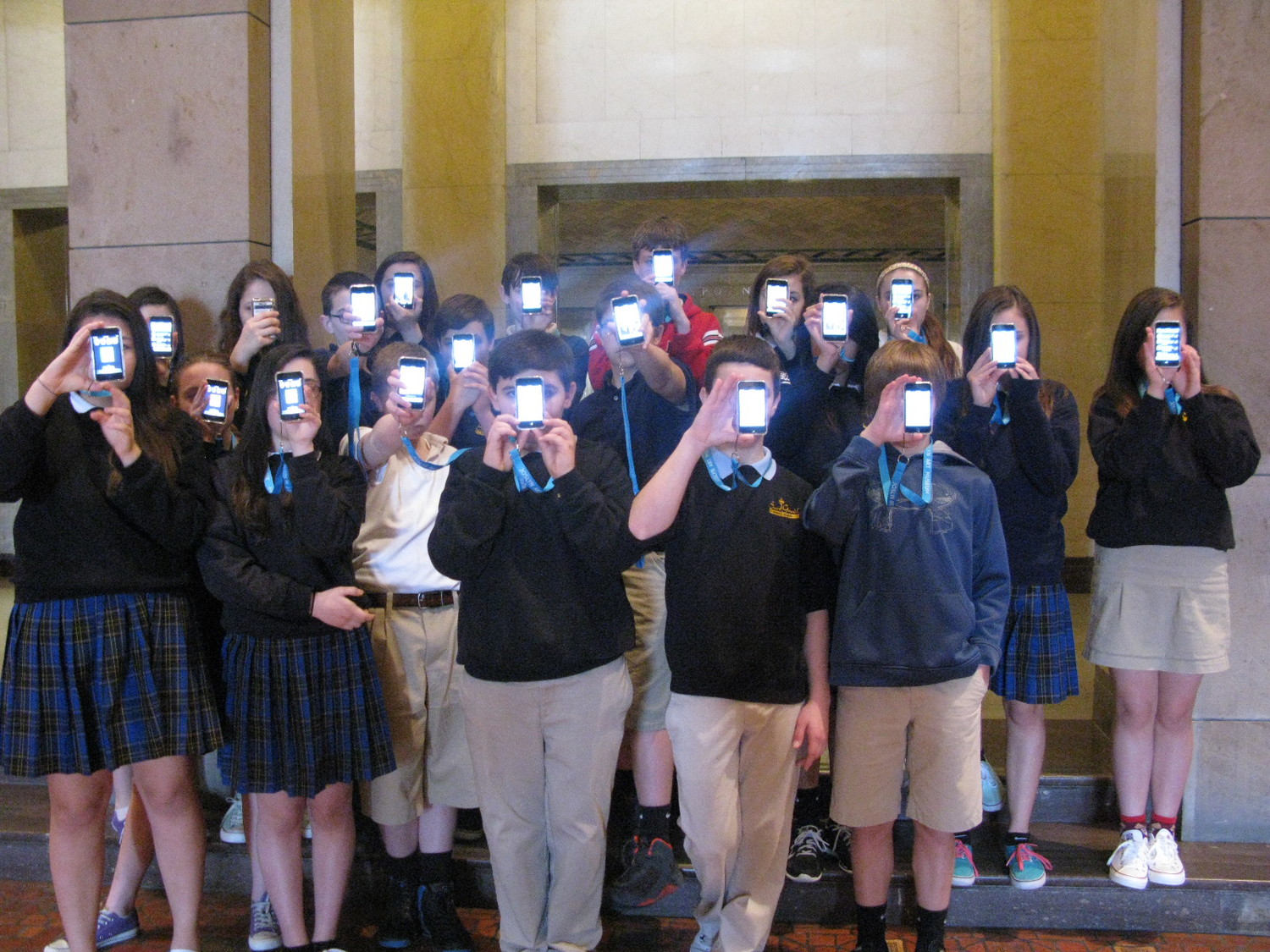
Leave a Reply